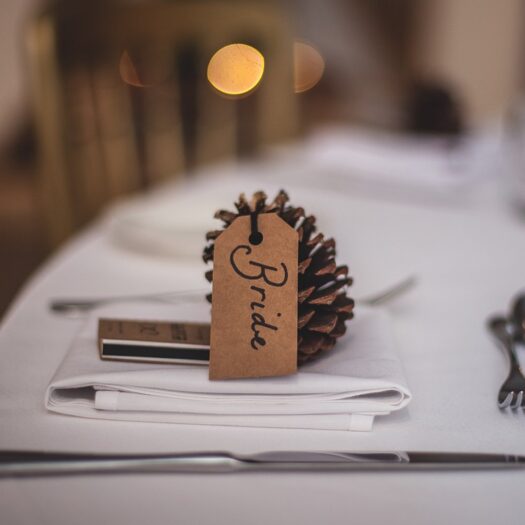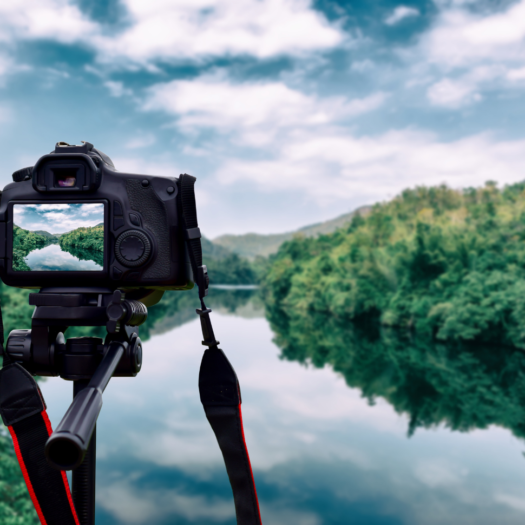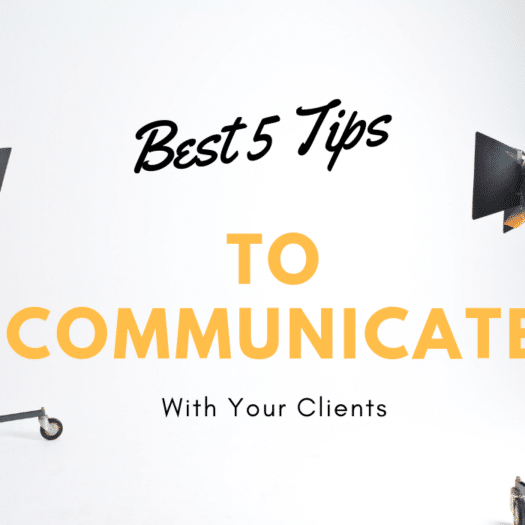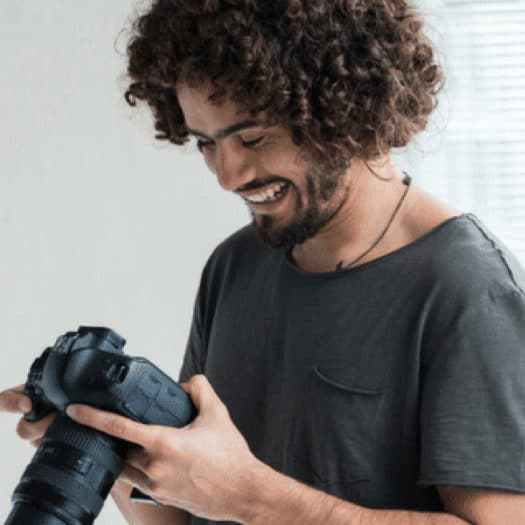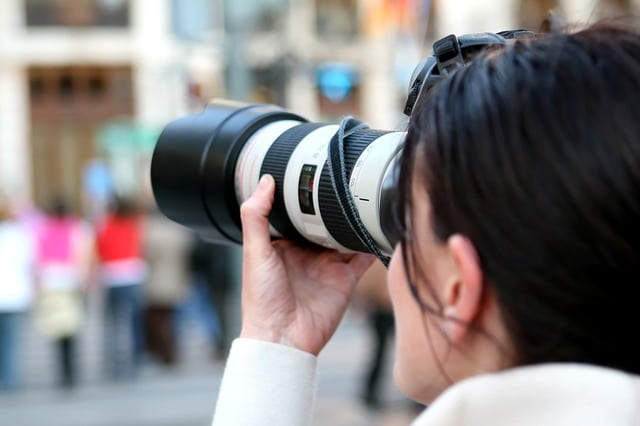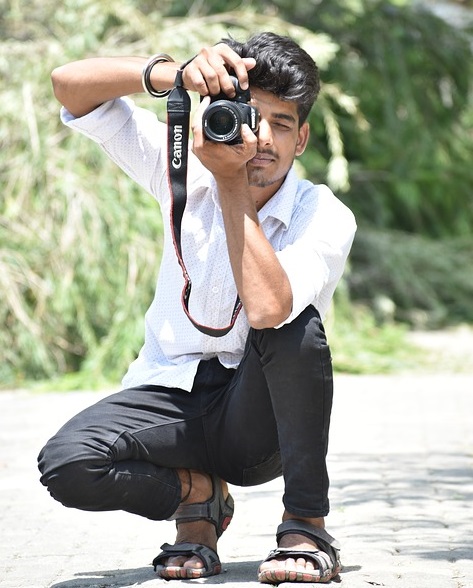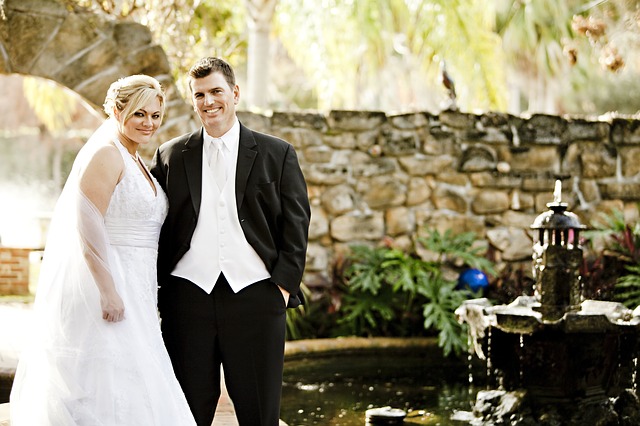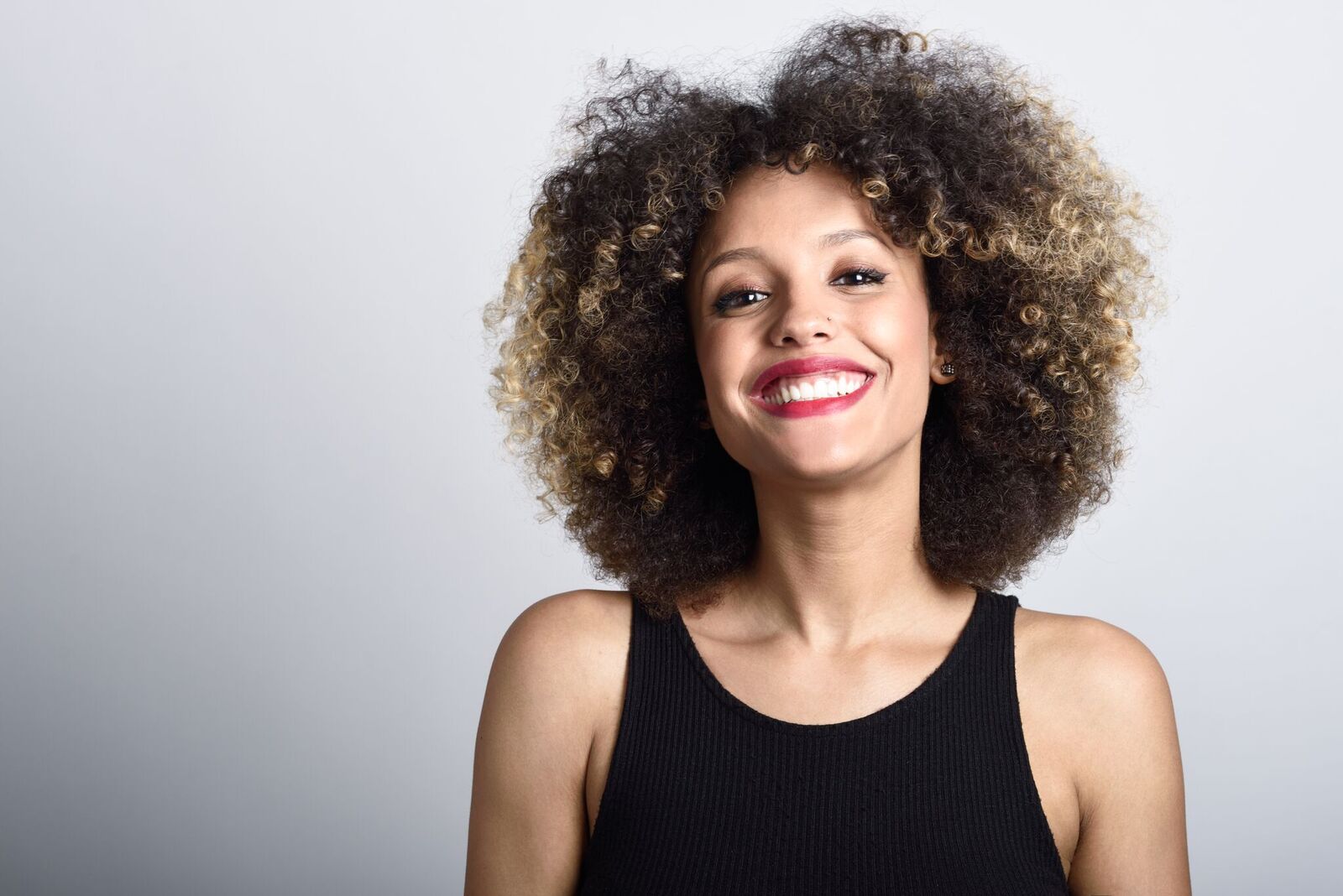Choosing Your Phoenix Wedding Venue: 9 Must-Have Features
Assessing Your Wedding Style and Vision
So, you’re planning your dream wedding in Phoenix. Congratulations! Between the gorgeous weather and stunning desert scenery, Phoenix has so much to offer for your special day. But with so many wedding venues in Phoenix to choose from, how do you find the perfect place to host your wedding festivities? As you start touring locations, there are a few must-have features you’ll want to keep in mind. From size and style to catering options and extras, choosing the right wedding venue is key to crafting your ideal celebration. Whether you envision an intimate gathering or a grand-scale event, the perfect Phoenix venue is out there waiting for you. Keep reading to discover the top things to consider as you embark on this exciting part of your wedding planning journey!
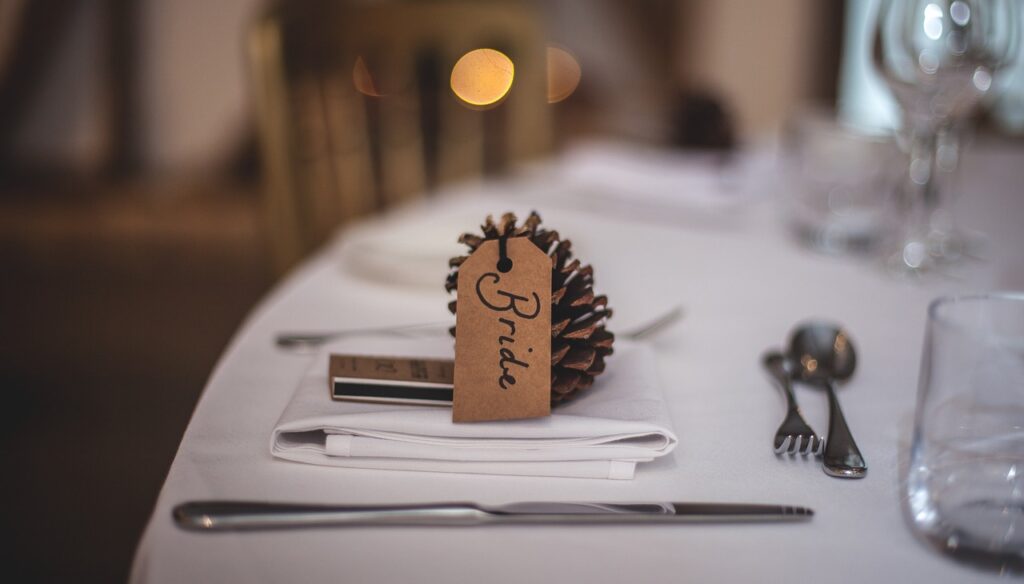
Key Logistics for Phoenix Wedding Venues
The first thing you’ll want to consider is the overall style and vision for your big day. Are you dreaming of a formal ballroom wedding or a casual beach bash? A rustic barn venue or modern loft space?
Once you’ve narrowed down the vibe, think about must-have features. For a formal wedding, a large open space for dining and dancing plus a separate area for cocktails are a must. For a casual beach wedding, look for oceanfront access and lots of natural light. A rustic barn calls for wooden beams, string lights and greenery while an urban loft needs an industrial-chic space with high ceilings.
Also determine if you want an all-in-one venue that provides catering and bar service or if you prefer a DIY blank canvas where you can bring in your own vendors. Consider how many guests you plan to invite as well as if you want indoor and outdoor spaces.
Other factors to keep in mind include:
– Accessibility for your guests with ample parking
– Flexibility in layout to customize the space
– Available accommodations onsite or nearby
– Photo-friendly spots for engagement and wedding photos
– Permits required for elements like live music, open flames or fireworks
Choosing a venue that aligns with your wedding vision and has all the features you need will help ensure you have the perfect place to celebrate your new beginning. Take your time exploring all the options – this is one of the most important decisions you’ll make!
Top 9 Features to Look for in Phoenix Wedding Venues
When choosing a wedding venue in Phoenix, there are a few key logistics to consider.
Location
Make sure the venue is in an area convenient for you and your guests. If it’s too far from hotels or the airport, it may be difficult for out-of-town guests to attend. Look for venues centrally located or near major transportation hubs.
Capacity
Choose a venue that can comfortably accommodate all your guests. Too small of a space will feel cramped, while too large of a space won’t have the intimate feel you want. Think about both the ceremony and reception, and any venue tours should discuss maximum capacities for different setups.
Parking
There’s nothing worse than a lack of parking for an event. Look for venues with on-site parking that can fit the number of expected guests. If parking is limited, consider venues near public transit or that offer shuttle services.
Catering
Many venues will require you to use their in-house catering, while some allow you to choose your own caterer. If you have a specific caterer in mind, check that the venue allows outside catering and has a proper kitchen facility. Venues with in-house catering may be more convenient but offer less flexibility.
A/V Equipment
Make sure the venue has high-quality audio and visual equipment for things like playing music, giving toasts, and showing slideshows. Check if they allow outside A/V vendors or if they have staff to operate the equipment. The last thing you want is technical difficulties on your big day!
With the right venue that meets all your needs, you’ll be well on your way to planning a Phoenix wedding your guests will never forget.
